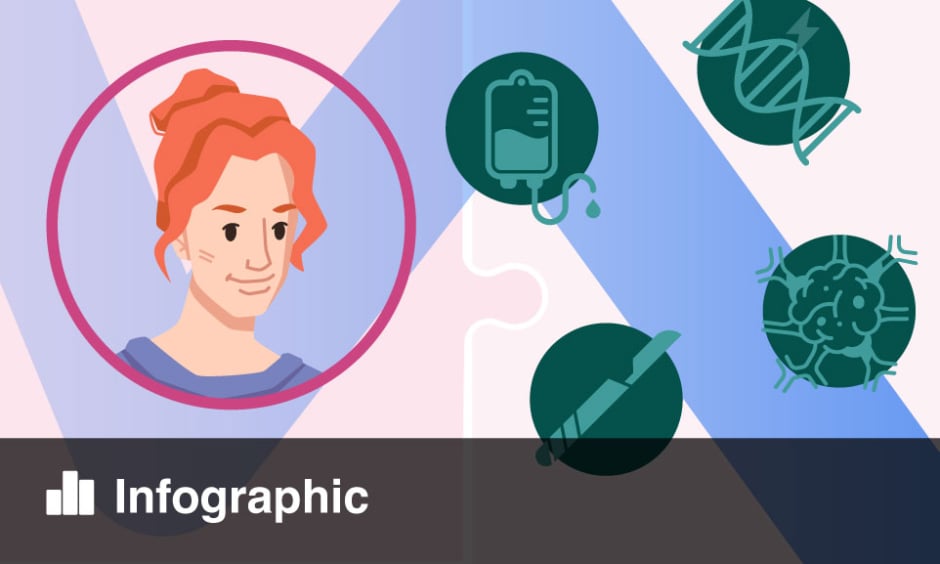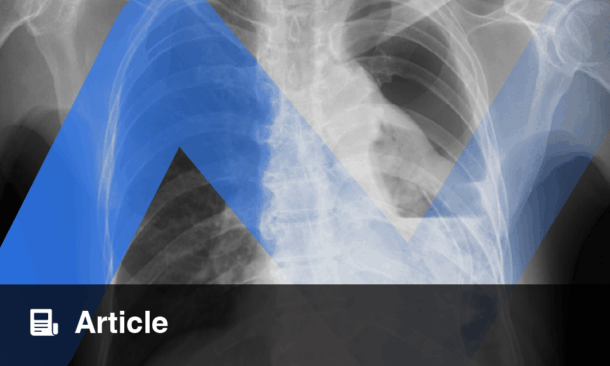A NEW study reveals significant gaps in follow-up care among survivors of adolescent and young adult (AYA)–onset cancers, with nearly one in five missing all oncology specialty visits during the surveillance period. These findings underscore the need for improved long-term care strategies for this population.
In a retrospective analysis conducted within an integrated healthcare system, researchers reviewed data from 7,925 survivors diagnosed with cancer between the ages of 15 and 39 from 2006 to 2020. Surveillance visits were tracked between two and five years post-diagnosis. While most patients received either primary or oncology care, a concerning portion of the cohort lacked adequate follow-up.
Only 31% of survivors had three or more oncology visits in the first surveillance year, a number that dropped to just 13% by Year Five. Simultaneously, the proportion of patients with no oncology specialty visits increased from 25% in Year One to 38% in Year Five. Across the entire surveillance window, 17% of patients had no oncology visits at all, and 6% received neither primary nor oncology care.
Multivariable logistic regression identified several groups at elevated risk of no oncology follow-up. These included male survivors, those aged 20–24 at diagnosis, individuals with high-deductible commercial or Medicaid insurance, and non-Hispanic Black patients. For example, patients aged 20–24 at diagnosis had 58% higher odds of receiving no oncology specialty care compared to those aged 35–39.
These disparities highlight an urgent need for targeted interventions to ensure sustained cancer surveillance among vulnerable subgroups. The authors emphasize that although many survivors maintained at least some connection to care, tailored outreach is essential to close persistent gaps and support long-term health outcomes.
Reference:
Hahn E et al. Transitions Within and Use of Outpatient Primary and Oncology Care in Survivors of Adolescent and Young Adult-Onset Cancers. JCO Oncol Pract. 2025:OP2400886.








